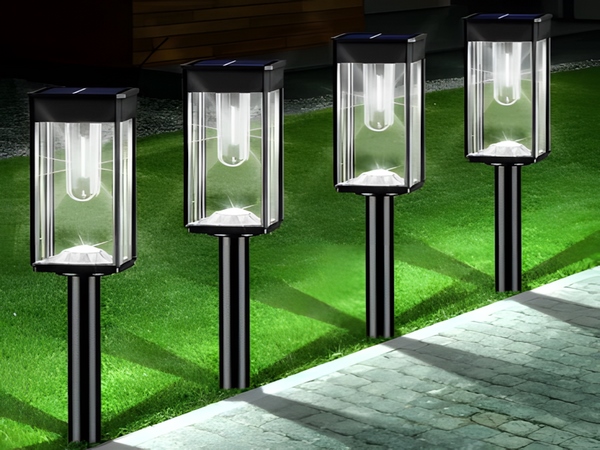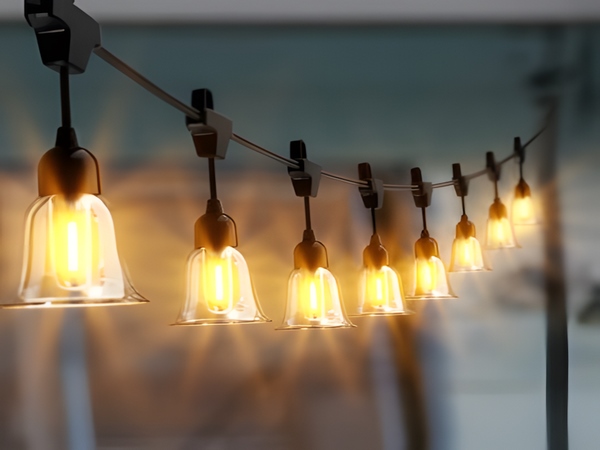
1. Too many obstructions at the installation site lead to a decrease in the charging efficiency of the solar panel. For example, leaves, buildings, and other obstructions can block the light, affecting the absorption and utilization of solar energy.

2. Municipal solar street lights have nearby light sources that serve as a reference. This can cause the voltage of the solar panel to exceed the light control voltage point, preventing it from illuminating. For instance, if another streetlight is next to the solar street light, when night falls and the other streetlight turns on, the solar panel may mistakenly detect this light as daylight, causing the controller to prevent it from turning on.

3. If solar panels are installed beneath power lines, branches, or poles, they can create shadows during the day. Since solar panels usually comprise multiple series, if one series experiences a significant shadow, it essentially behaves like an open circuit, and if this solar panel consists of multiple series connected in parallel, it will not generate electricity.
4. Dual-sided lamps with solar panels installed at an angle facing each other might look aesthetically pleasing, but if one side is correctly oriented, the opposite side will surely be wrong. The side that is not properly oriented will not receive direct sunlight, thus reducing the charging efficiency.
5. There can be issues with adjusting the angle of the solar panels, leading to low charging efficiency. The correct adjustment of the solar panel angle should adhere to a simple principle: sunlight should strike the solar panels directly to maximize charging efficiency. In different locations, the angle of inclination for the solar panel can be referred to local latitudes; the solar panel should lean horizontally according to the latitude level, making angle adjustment critical for varying latitudes and surfaces.
6. Some customers mistakenly install solar panels indoors to facilitate nighttime parking. However, placing the solar panels inside significantly reduces charging efficiency. In such cases, it is advisable to implement an outdoor charging and indoor discharging setup, where the solar panel is separated from the light.
7. Arbitrarily extending the connection wire of the solar panel can lead to issues. Due to excessive interference at locations where solar panels are installed, some choose to separate the solar panel and light by significant distances, sometimes over 10 meters. If they connect them with random two-core wire purchased from the market, the quality of usual market wires is typically poor, and given the long wire distance, there will be considerable line loss, severely decreasing charging efficiency and affecting illumination duration.
Bitpott solar street lamp manufacturer specializes in the research, development, production, and sale of solar and LED outdoor lighting, with years of manufacturing experience and advanced equipment. We ensure quality, competitive pricing, and reasonable configurations. For inquiries about LED solar street light prices, please feel free to reach out to our customer service.



